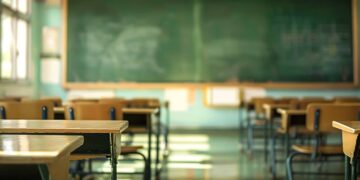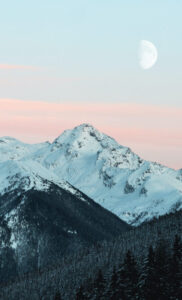@TeacherToolkit
Ross Morrison McGill founded @TeacherToolkit in 2007, and today, he is one of the ‘most followed educators’on social media in the world. In 2015, he was nominated as one of the ‘500 Most Influential People in Britain’ by The Sunday Times as a result of…
Read more about @TeacherToolkit
What happens inside the brain when students think in a metacognitive way?
Metacognition is hardwired into the brain – offering teachers a powerful lever to boost student reflection and confidence.
How does the brain support metacognitive thinking?
This research explores Thinking About Thinking: A coordinate-based meta-analysis of neuroimaging studies of metacognitive judgements (Vaccaro & Fleming, 2018), a neuroscience study that reveals the brain’s architecture behind student reflection.
Conducted across 47 neuroimaging studies (n = 2,215), this research shows how metacognitive thinking activates key areas of the brain, including the prefrontal cortex, precuneus and insula – regardless of subject area.
Metacognition is the ability students have to monitor and evaluate their own performance. This could be as simple as checking their confidence in a maths answer, or evaluating how well they understood a reading text. It’s a topic I grappled with for many years as a teacher; this simple analogy might help.
Which areas of the brain are consistently involved?
The study synthesised 47 neuroimaging experiments using advanced ALE (activation likelihood estimation) analysis to identify which areas of the brain are consistently involved when students engage in metacognitive thinking.
These regions include the medial and lateral prefrontal cortex (planning and control), the insula (internal awareness), and the precuneus (self-reflection). The researchers also discovered distinct brain patterns depending on the type of metacognitive task. For example, memory-based reflection (metamemory) activated the parahippocampal cortex (essential for memory formation), while decision-related reflection (metadecision) involved the right anterior dorsolateral prefrontal cortex (used for task-switching not multitasking, which is a myth).
This slideshow requires JavaScript.
Why metacognition matters for every student
Teachers often include self-assessment quizzes, work checks, or reflective writing in lessons – this study shows there’s a biological basis for why these practices are so effective! Metacognition is not an abstract idea. It is a neurocognitive function, consistently activating the same brain regions across tasks and subjects.
This matters because metacognitive sensitivity – how well students match their confidence with actual performance – is linked to deeper learning, behaviour regulation, and even mental health. Deficits in these systems are often observed in students with neuropsychiatric and learning conditions. Teaching metacognition can help students become more accurate, reflective learners – equipped for long-term learning.
As teachers continue to embed retrieval practice and feedback loops, this study suggests an urgent case for weaving in metacognitive scaffolds to help students notice their errors, monitor uncertainty, and learn how to learn.
How to embed metacognition
Teachers can integrate metacognitive thinking in three ways:
- Use confidence scales during questioning or marking – ask students, “How sure are you?”
- Separate prospective from retrospective reflection: ask students to predict success before a task and reflect afterwards. This activates different brain regions and deepens learning.
- Model the language of thinking: scaffold prompts such as, “What strategy did I use?” or “What made this answer hard?”
Classroom display boards, planners, or exit tickets can all be reimagined to support metacognition. Introduce “reflection checkpoints” in lessons where students pause to judge progress. Encourage subject-specific thinking routines that normalise not knowing and build accurate self-awareness. Importantly, teachers must teach metacognition explicitly – don’t assume students already know how.
CPD questions for teachers:
- How often do teachers ask students to reflect on their thinking processes?
- Do lessons include both forward-looking and backward-looking reflection?
- Are students encouraged to evaluate their confidence as well as correctness?
- How are metacognitive routines embedded across subjects?
- Could teachers make metacognition more visible in books or displays?
- Do teachers model their own reflective thinking out loud?
- How can teachers support students with weaker metacognitive sensitivity?
- What language do teachers use to normalise uncertainty and error-checking?
- Could reflection be part of school-wide assessment policies?
- What training do teachers need to embed metacognition effectively?
The research concludes:
Despite metacognition occupying a central role in human cognition, the relevant neurocognitive architecture has remained underdetermined. This study suggests that the brain areas [students] use to think about their own thinking are also used when they consider other people’s thoughts – so teaching reflection and empathy may develop similar skills.
Like this:
Like Loading…




















